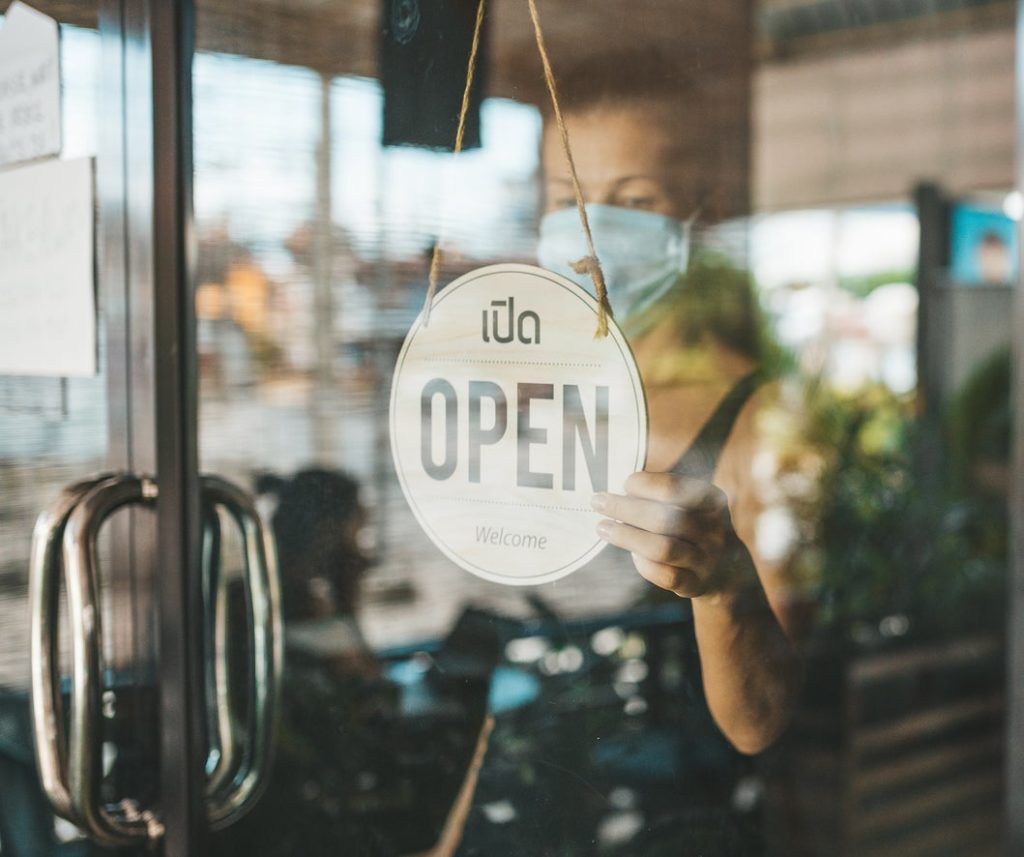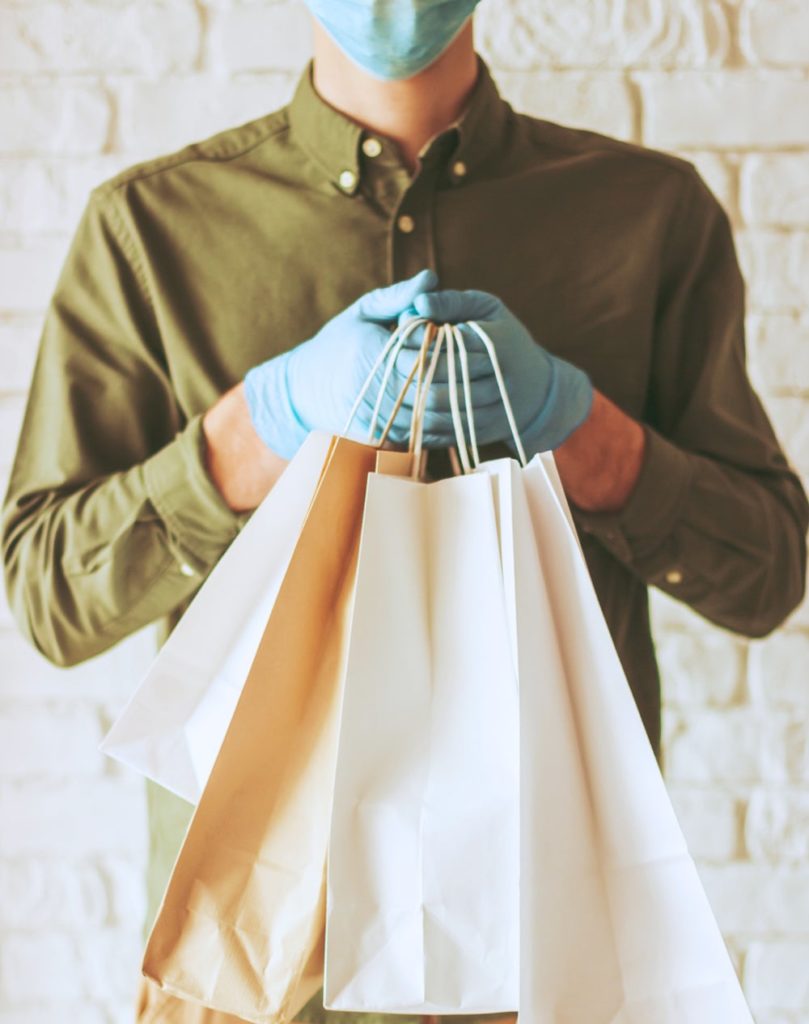Consumers Seek Clear
Evidence of Safety

Protecting the health and safety of customers has long been an essential, yet largely behind-the-scenes aspect of restaurant operations. However, it has become the primary focal point of communications in the era of COVID-19.
Consumers are looking for clear evidence that operators understand the importance of adhering to strict safety protocols, especially as more restaurants open their dining rooms to limited in-store service. Recent consumer surveys by research firm Datassential confirm that consumers are willing to tolerate some inconveniences as operators take extra precautions to ensure their safety and protect the health of their workers.
For example, 83 percent say they would support strict enforcement of limiting seating capacity, Datassential says. At the same time 81 percent say they endorse the mandatory use of hand sanitizer, and 77 percent approve requiring customers to wait outside for their to-go orders.
Over the last several weeks, consumers have come to expect that restaurants should be able to clearly demonstrate that they have health and safety issues under control, says Jack Li of Datassential.
“As we start opening back up, show us that you’ve figured it out,” he says. “It can’t be a scribbled note taped to the window anymore.”
Customers are looking for evidence that restaurant operators are taking a consistent and comprehensive approach to implementing food-safety efforts, says Francine Shaw, CEO of consulting firm Savvy Food Safety. The best vehicle that operators can use to communicate the safety of their operations is their store-level employees, from the bottom to the top, she says.
“To inspire confidence in their customers, companies first must inspire confidence in their employees,” says Shaw. “Customers must see all critical components of the COVID-19 prevention system occurring—not just sometimes, [but] every time.”
That includes hand-washing, the usage of single-use gloves and hand sanitizer, and the disinfecting of high-touch surfaces. These activities must be conducted “consistently, throughout the establishment by every single individual that is working,” she says.

Managers must be seen to be following the same safety procedures as other workers, Shaw says, adding that she has sometimes observed restaurant managers flouting the health and safety rules that they require the rest of their employees to follow.
“Customers notice, and it lowers their level of confidence in the brand,” she says. “While they may have accepted this behavior before, I do not believe they will find it acceptable on any level with the current COVID-19 situation.”
“Hand-washing is the No. 1 way to prevent both foodborne illnesses and COVID-19 from spreading.”
Francine ShawCEO of Savvy Food Safety
While operators have become accustomed to guarding against food-borne illness and communicable diseases such as norovirus, preventing COVID-19 presents new challenges, she says. One of the biggest is the fact that workers can be infected without showing symptoms.
“Hand-washing is the No. 1 way to prevent both foodborne illnesses and COVID-19 from spreading. However, the similarities end there,” says Shaw. “COVID-19 is going to require an entirely new training system to protect employees and customers.”
Both rank-and-file employees and management must understand the facts about the illness and how it spreads, she says.
“Everyone on every level must be educated about the disease, the symptoms, personal protective equipment—what equipment is deemed necessary, when and how it will be issued, when and how will it be disposed of,” she says.
In addition, procedures need to be established and training implemented for disinfecting high-touch areas such as toilet handles, door handles—in both the front- and back-of-the-house—restroom stall latches, faucet handles, kiosks, walkie-talkies, phones, cash registers and dining room chairs.
Some of the key questions Shaw suggests that operators consider:
Who will wear face coverings—employees, management, etc.?
What will the check-in/check-out process be for employees, where will it take place and what will be the criteria for allowing employees to work?
“Policies and procedures need to be developed and strictly enforced, and training programs will have to be created,” says Shaw.

All operators will be in the same boat in terms of having to invest in these safety measures, says James O’Reilly, CEO of Smokey Bones Bar & Fire Grill, the Aventura, Florida-based barbecue chain.
“The things that the industry has to do—and Smokey Bones will be doing to maintain the trust of our guests, including investing more in sanitation and cleaning to meet the needs of our guests and employees—are now a part of doing business, and we accept and embrace that,” he says.
At Smokey Bones, for example, safety precautions will be highly visible to consumers as the company prepared to reopen its restaurants. Those include the removal of table condiment dispensers for cleaning after each table is cleared and the display of signage throughout the restaurant.
Operators clearly should anticipate that many consumers will be wary of entering restaurants for some time to come, and they will expect to see visual evidence that operators are going out of their way to provide a safe environment.


